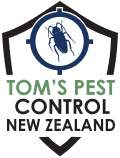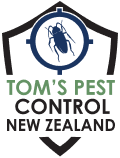Understanding the habitat of Singapore ants is crucial in preventing and addressing an infestation. Typically, these ants are found in busy areas near water sources, such as on the ground or in trees. They may construct their nests in potted plants or trees, and if they infiltrate buildings or other structures, they tend to live in wall and roof cavities.
One particularly concerning aspect of Singapore ants is their tendency to invade electrical sockets, creating a potential fire hazard. Therefore, if you suspect a Singapore ant infestation, it’s vital to address it promptly to prevent damage to your property and ensure the safety of those who inhabit it.

